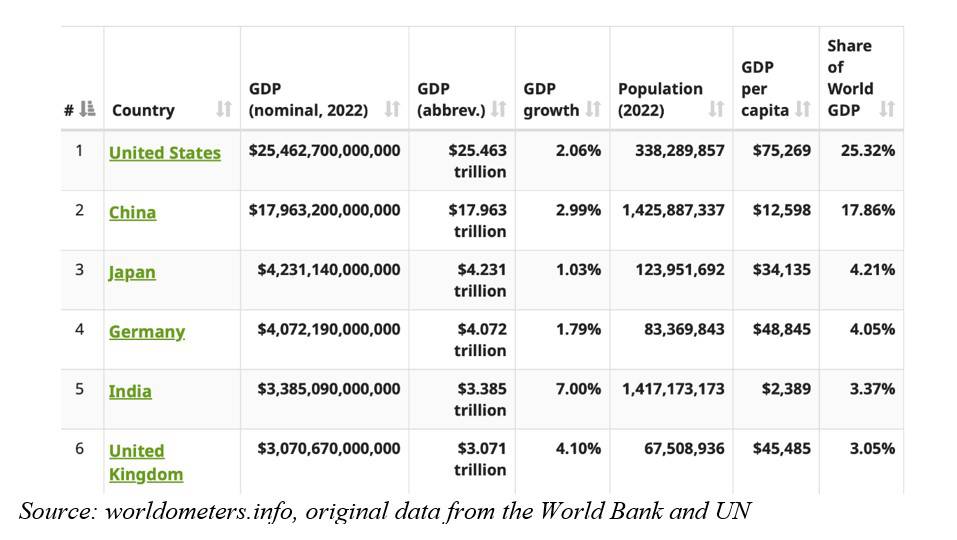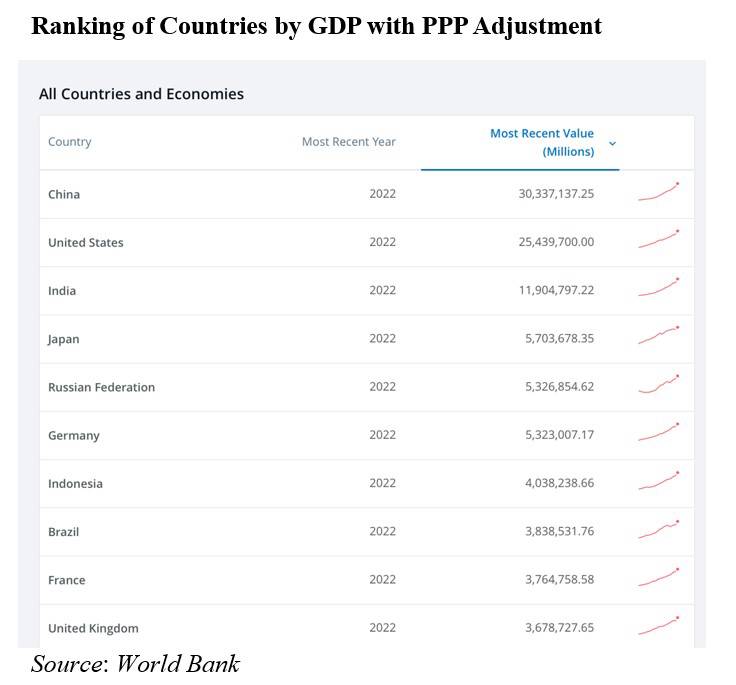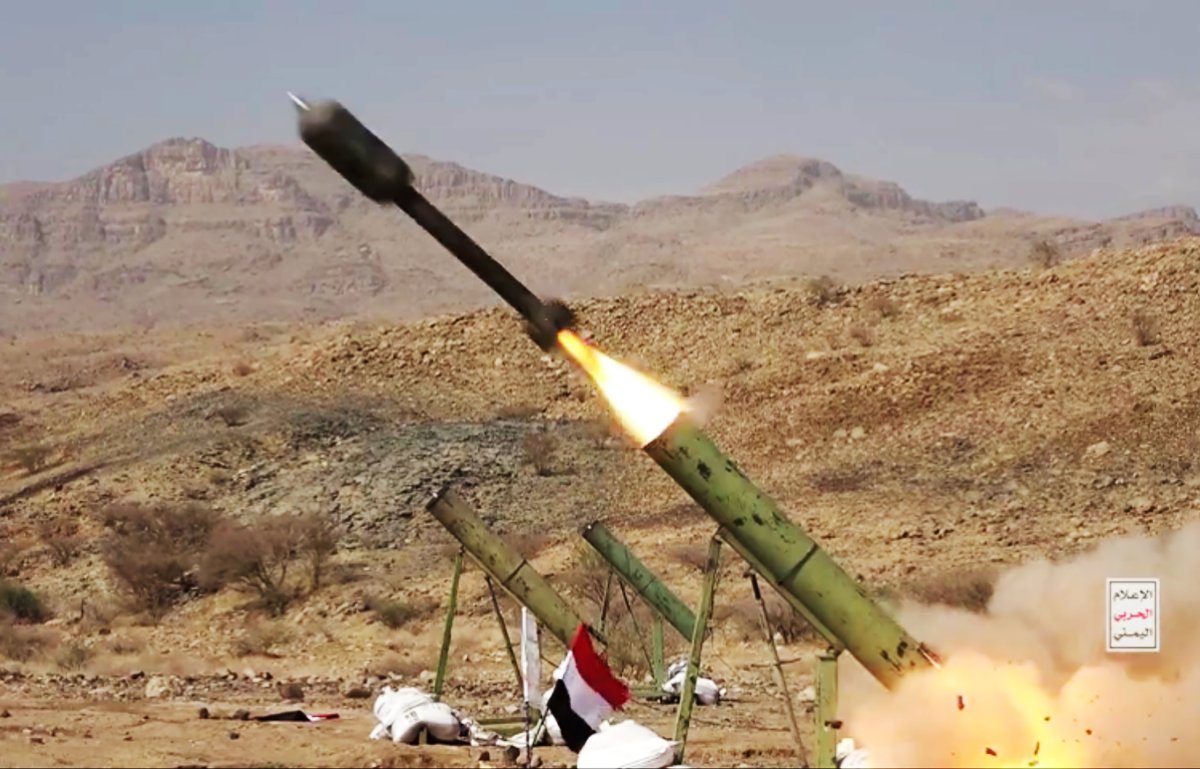MOHAMED A. EL-ERIAN and MICHAEL SPENCE

India’s recent economic success, solid momentum, and promising prospects are making the country ever more influential both regionally and internationally. But the experience of other countries – most notably China over the last three decades – suggests that such rapid influence and robust progress can be tricky to manage. After all, an action that makes sense domestically may conflict with what other countries expect from a systemically important economy. By the same token, actions that make sense internationally could complicate domestic economic progress.
Like China, India’s systemic importance has become apparent earlier in its growth and development process than was the case with other emerging economies, primarily because it boasts the world’s largest population (over 1.4 billion). Its growing presence is easy to detect. It is the world’s fifth-largest economy, and with an annual growth rate 5-6 percentage points above that of Germany and Japan, it could well move into third place in about four years.

Relative per capita incomes paint a different picture, however. India’s per capita GDP, at $2,389, is still far below the level of high-income economies, and remains considerably lower than that of China. In terms of overall economic size and income levels, India is roughly where China was in 2007, nearly a generation ago.
Adjusting for differential price levels – the so-called purchasing-power-parity adjustment – lower and lower-middle-income countries tend to move up in relative size. With the PPP adjustment, India is already in third place, at about half the size of the US economy.

POISED FOR CONTINUED GROWTH
Carbon dioxide emissions, another dimension of global impact, paint a similar picture. India ranks behind only China and the United States in terms of overall CO2 emissions. But this, again, is a function of its large population; its per capita emissions are still quite low, at 1.89 metric tons, well below the global average of 4.66 metric tons.












:quality(70)/cloudfront-us-east-1.images.arcpublishing.com/archetype/THSCKG4PHVBHBBJUPJ3SDQIA3I.jpg)





